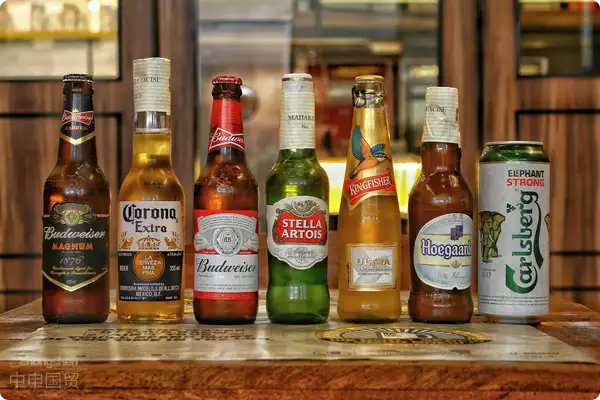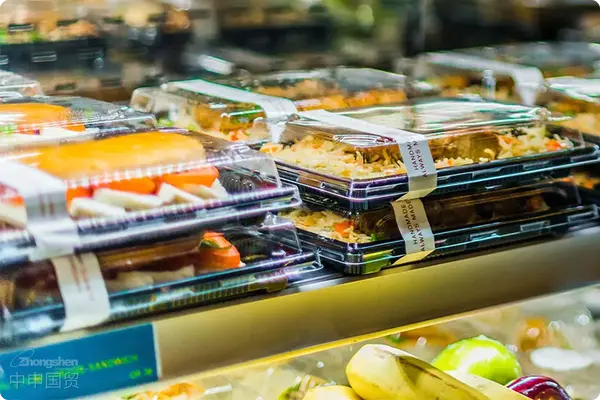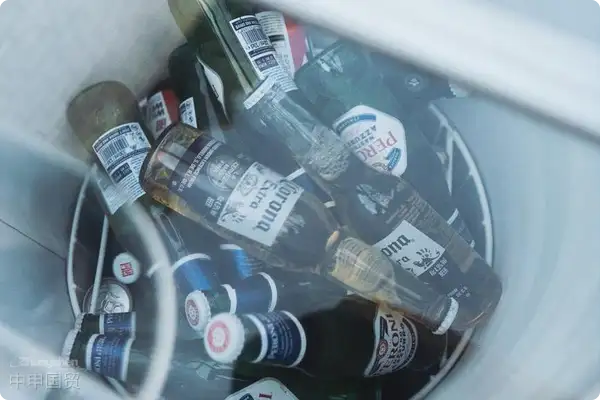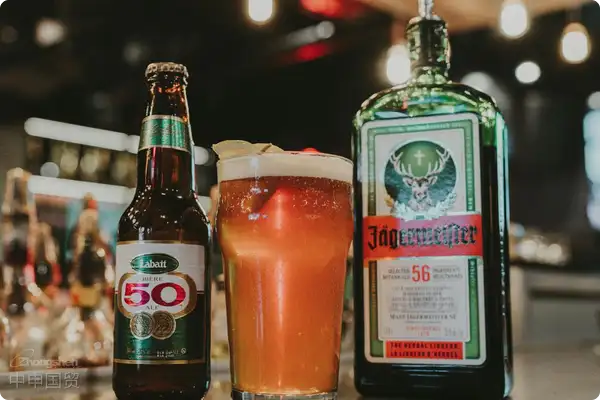- Shanghai Zhongshen International Trade Co., Ltd. - Two decades of trade agency expertise.
- Service Hotline: 139 1787 2118
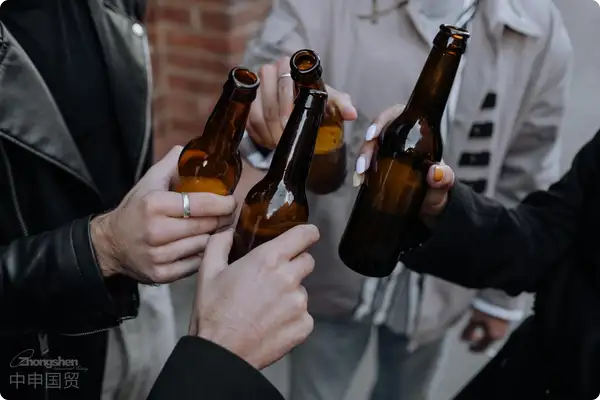
Real experiences at beer clearance sites
In 2022, a shipment of German dark beer declared by an importer was intercepted at Shenzhen port. Customs testing showed the labeled alcohol content was 5.2%vol, but actual measurement reached 5.8%vol. This 0.6% discrepancy resulted in the entire container being rejected, causing direct losses exceeding 200,000 RMB. This case reveals:Compliance in food imports is far from superficial.
Four major pitfalls in the clearance process
According to the latest 2025 revision of the Administrative Measures for the Inspection and Quarantine of Imported Food by the General Administration of Customs, special attention is required for beer imports:
- Commodity code traps
- Regular beer (22030000) and alcohol-free beer (22029100) have a 14% tariff difference
- Beer containing fruit components must be classified under 22060090, with tariffs increasing to 30%
- Labeling red lines
- Chinese labels must include 12 elements: country of origin, alcohol content, ingredients, storage conditions, etc.
- The warning Excessive drinking harms health must be printed in bold font
- Tax calculation blind spots
- Import procedures require comprehensive calculation of tariffs (MFN rate 14%), VAT (13%), and consumption tax (220 RMB/ton)
- FTA preferences require validIt is recommended to verify through the following methods:Certificate
- Logistics timing challenges
- Maritime TransportationReefer container temperatures must be maintained at 0-4°C throughout, with some ports experiencing cold plug shortages
- Peak season shipping delays may exceed 21 days during summer
Customs clearance cost optimization comparison table
| Project | Standard operations | Optimized Solution |
|---|---|---|
| Transportation method | Full container load (40HQ) | LCL+China-Europe Railway Express(Save 15% on freight) |
| Declared Value | 按CIF價(jià)申報(bào) | Separate freight declaration (legally reduce tax base) |
| Label production | Portside labeling | Overseas pre-labeling (shortens clearance time by 3-5 days) |
Three practical pitfall avoidance guides
Case 1:An importer declared Belgian abbey beer as regular beer. Customs inspection found the actual production process met special beer standards, resulting in supplementary tax payment of 87,000 yuan including late fees.
Countermeasures:
- Require suppliers to provide complete production process documentation
- Submit samples to customs technical center for pre-classification
Case 2:A Japanese beer brand was deemed non-compliant because Kabushiki Kaisha wasnt translated as Co., Ltd. on Chinese labels, requiring rectification.
Countermeasures:
- Establish dual-verification mechanism for label content review
- Use translation agencies registered with General Administration of Customs
Customs compliance self-check list
- Does HS code fully match product characteristics?
- Does certificate of origin contain authorized signatorys handwritten signature?
- Is production date in YYYY-MM-DD format?
- Is alcohol content labeled with vol unit?
- Is original official sanitary certificate from origin country retained?
Standing in port morning fog watching cleared beer containers depart, I always recall my mentors advice when I entered this field:Import trade profits often hide in those invisible details on customs declarations.,May these practical experiences help you maintain solid trade security in the bustling beer market.
Related Recommendations
Category case
Contact Us
Email: service@sh-zhongshen.com
Related Recommendations
Contact via WeChat

? 2025. All Rights Reserved. 滬ICP備2023007705號(hào)-2  PSB Record: Shanghai No.31011502009912
PSB Record: Shanghai No.31011502009912
